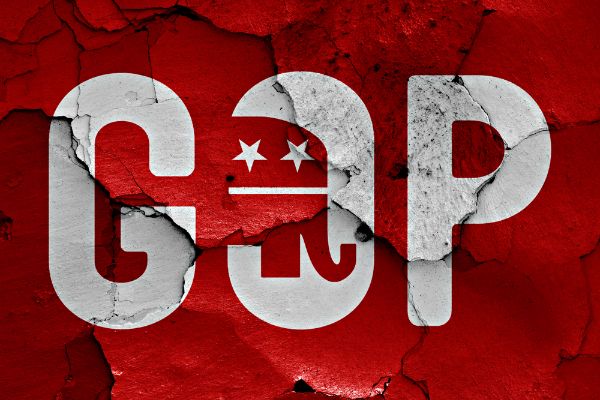Above all predictions of economists surveyed by Econoday, payroll processor ADP reported that employment in the private sector increased by 235,000. The average prediction called for 145,000.
According to ADP, job growth picked up in December and was better than anticipated in November. The amount for November was increased from 127,000 to 182,000. This indicates that the hiring slowdown in November was much less severe than previously thought, despite the Fed’s efforts to achieve it through rate increases. According to the ADP data, employers created 239,000 new employment in October.
According to ADP, jobs in leisure and hospitality increased by 123,000. Business and professional services added 52,000 new employees. Services for health and education increased by 42,000. “Other services” saw a 31,000 increase in employment. Despite the publicized cutbacks, information still managed to add 1,000 additional employees to payrolls.
Among the services, the financial sector had a contraction and lost 12,000 jobs. The trade, transportation, and utility sectors experienced a 24,000 decline.
Overall employment in the industries that produce goods increased as a result of an unexpected rise in construction hiring. Given the downturn in residential real estate, the increase in construction employment of 41,000 was unexpected but consistent with the unexpected increase in construction spending in Nov. that was published earlier this week.
Further confirmation of the decline in industrial output and consumer demand reported in studies this week from S&P Global and the Institute for Supply Management was the 5,000-job decline in the manufacturing sector. Employment in mining and natural resources decreased by 14,000 people.
The growth in December was driven by small and mid-sized businesses. In December, companies with over 500 employees reduced their payrolls by 151,000. Payrolls rose by 195,000 for those with 49 or fewer employees. 50 to 499 employee companies increased by 191,000.
In its study, ADP stated that “job revival was evident in the last two months of 2022, spearheaded by consumer-facing service industries.”
The ADP results signal that the Federal Reserve’s initiative to manage inflation by decreasing labor demand has not yet been very successful. This comes just after a government report that showed far more job openings than anticipated. This can imply that rate increases are taking longer to reduce demand or that monetary policy is not yet as stringent as is necessary to control inflation.




Comments are closed.